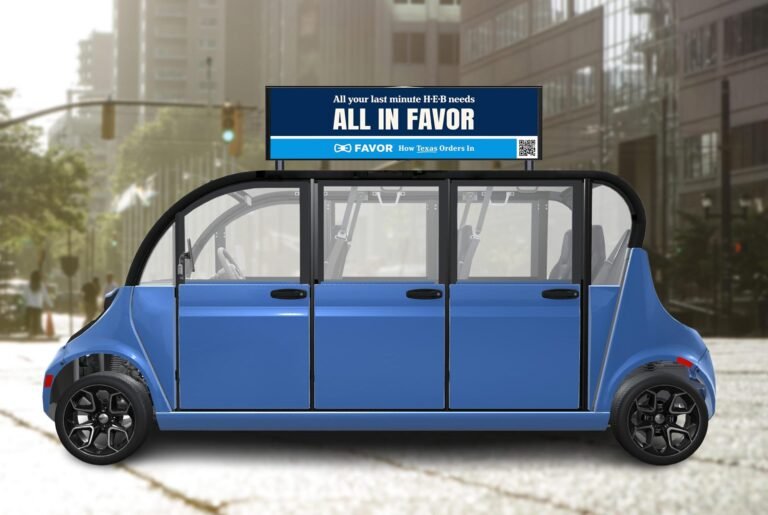Significant growth in hyper targeted marketing campaigns using first party data
Targeting ads to rideshare users grew by 80% due to its effectiveness of reaching this audience. FreeRyde provides brands granular first party data to reach the right audience at the right time

Uber and Lyft Claim Big Gains for Their Ad Businesses
Ride-hailing companies Uber Technologies Inc. and Lyft Inc. each say their nascent advertising businesses have grown significantly in recent months.
Those ad businesses are part of an expanding set of options for marketers to reach consumers, often aided by the companies’ own data on their customers. Walmart Inc., for example, lets advertisers use its data to send targeted digital ads to shoppers across the web. DoorDash Inc., Kroger Co. and CVS Health Corp. have also been giving advertisers more ways to reach consumers using retailer data.
Last year, Uber said it too would let brands target ads to users of its ride-share app before, during and after their rides, using aggregated data about their specific destinations and ride histories. The company began selling ads on its restaurant-and-grocery delivery app Uber Eats in 2019, and has since released new products such as post-checkout ads, which made their debut during this year’s Super Bowl.
The ride-hailing rivals’ ad businesses are also important for the companies’ growth. Uber said increased ad revenue in the latest quarter was a key growth driver for its overall business.
“We passed $500 million in annual run rate [for ad sales], and that’s based on increasing the number of active advertisers that we have by 80% on a year-on-year basis,” Uber Chief Executive Dara Khosrowshahi said on a call to discuss the company’s earnings.
More than 315,000 businesses ran ads with Uber in the fourth quarter, nearly double the company’s 170,000-plus advertisers a year earlier, according to the company.
Uber sees more opportunity for growth given that only 25% of the companies selling products through Uber Eats are buying ads on the platform, Mr. Khosrowshahi said. Uber is still targeting $1 billion in annual ad revenue by 2024, he said.
Selling advertising is a very high-margin business, so its growth could be key to helping Uber hit its 2024 targets for earnings before interest, taxes, depreciation and amortization, said Nikhil Devnani, analyst at Bernstein Research.
Uber Eats gives it a key advantage in the competition for marketing budgets because Lyft has no comparable offering, Mr. Devnani said.
“We have been positively surprised by the progress Uber has made on its advertising business,” he added.
Lyft didn’t discuss its ad business in its most recent earnings report or on a call with analysts, but Chief Business Officer Zach Greenberger said in an emailed statement that the company’s ad revenue growth has exceeded its goals.
Lyft ad revenue increased “nearly seven times” in the fourth quarter compared with the previous quarter, according to Mr. Greenberger.
Analysts don’t yet have a clear sense of the Lyft media division’s scale or growth rates, said Mr. Devnani.
But the companies’ ad prices offer a glimpse at their respective positions in the market.
Lyft charges $2 for 1,000 consumer impressions for its rooftop display ads, while Uber charges $5 per 1,000 impressions for a comparable product, according to one executive who said that an advertising exchange provided details of both companies’ offerings earlier this month.
A Lyft spokeswoman confirmed that price, while Uber declined to comment.
Uber charges $45 per 1,000 impressions for in-app ads, according to Mr. Khosrowshahi, who also said the company has recorded 3% click-through rates for those ads. Both numbers are considerably above industry averages for similar products, according to ad agency executives.
Uber’s strategy to both complement and take advantage of its core business by selling ads is reminiscent of Amazon.com Inc., which spent years quietly building an ad sales business large enough to compete with those of Meta Platforms Inc. and Alphabet Inc.’s Google, said Mr. Devnani of Bernstein Research.
“It’s still quite early days for advertising on the ride-share side,” he said.





2 Responses